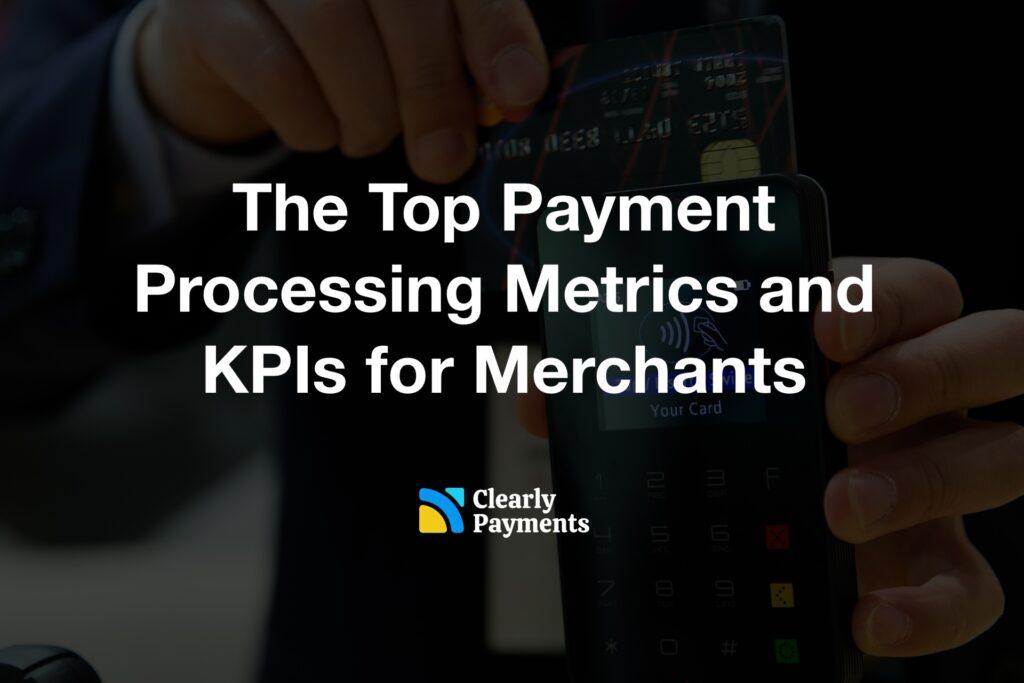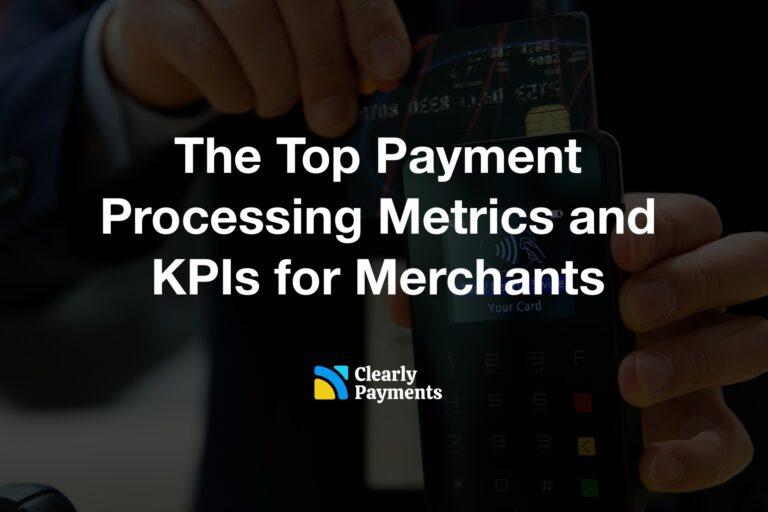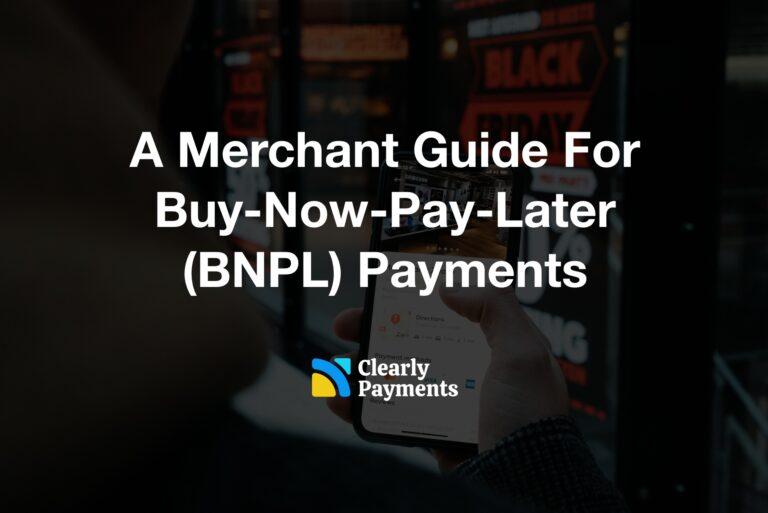Merchants rely heavily on payment processing systems to facilitate seamless transactions and drive revenue growth. To effectively gauge the performance of their payment operations and optimize their strategies, merchants must track and analyze key metrics and key performance indicators (KPIs).
These metrics provide valuable insights into various aspects of payment processing, including transaction volume, customer behavior, and financial health. In this comprehensive guide, we will delve into the most important payment metrics and KPIs that merchants should monitor to maximize their business success.
Transaction Volume (aka Total Sales)
Transaction volume is a fundamental metric that measures the total number of transactions processed within a specific timeframe. It provides merchants with an overview of their payment activity and helps assess overall business performance. By tracking transaction volume, merchants can identify trends, detect seasonality patterns, and forecast future sales volumes accurately.
Conversion Rate
The conversion rate, primarily for eCommerce, is a crucial KPI that measures the percentage of website visitors who complete a desired action, such as making a purchase. For merchants, tracking the conversion rate in relation to payment transactions is essential for evaluating the effectiveness of their sales funnel and identifying areas for improvement. A high conversion rate indicates that the payment process is streamlined and user-friendly, while a low conversion rate may signal friction or issues in the checkout process that need to be addressed.
Average Order Value (aka Average Sale)
The average order value (AOV) is the average amount spent by customers per transaction. Monitoring AOV helps merchants understand purchasing patterns and identify opportunities to increase revenue. By analyzing AOV alongside transaction volume, merchants can assess the effectiveness of marketing campaigns, pricing strategies, and upselling techniques.
Payment Success Rate
The payment success rate measures the percentage of successful transactions out of the total attempted transactions. It provides insights into the reliability and efficiency of the payment processing system. A high payment success rate indicates a smooth and reliable payment experience for customers, while a low success rate may point to technical issues, payment declines, or fraud attempts that require attention.
Chargeback Rate
The chargeback rate measures the percentage of transactions that result in chargebacks, which occur when customers dispute a transaction with their card issuer. High chargeback rates can negatively impact merchants by increasing costs, damaging reputation, and affecting payment processing eligibility. Monitoring chargeback rates helps merchants identify potential fraud or disputes and implement preventive measures to mitigate risks.
Customer Lifetime Value (CLV)
Customer lifetime value (CLV) is a predictive metric that estimates the total revenue generated by a customer over their entire relationship with the business. Understanding CLV helps merchants identify their most valuable customers, tailor marketing efforts, and optimize retention strategies. By analyzing CLV in relation to payment metrics, merchants can assess the effectiveness of customer acquisition and retention efforts.
Payment Processing Costs
Payment processing costs encompass various fees and expenses associated with processing transactions, including interchange fees, processing fees, and chargeback fees. Monitoring payment processing costs is essential for managing expenses and optimizing profitability. By analyzing payment processing costs alongside revenue metrics, merchants can identify cost-saving opportunities, negotiate better terms with payment providers, and optimize payment processing strategies. Switching to a low cost payment processor like TRC-Parus will make a big difference.
Payment Settlement Time
Payment settlement time refers to the duration between the initiation of a transaction and the actual receipt of funds in the merchant’s account. Faster settlement times improve cash flow and liquidity, enabling merchants to reinvest funds and meet operational expenses more efficiently. Monitoring payment settlement times helps merchants assess the reliability and efficiency of their payment processing partners and identify opportunities to streamline cash flow management.
Why Payment Processing Metrics are Important
For merchants, paying close attention to payment processing metrics is not just important—it’s crucial for running a successful business. These metrics provide merchants with valuable insights into the performance and effectiveness of their payment systems. By tracking metrics such as transaction success rates, authorization rates, and chargeback ratios, merchants can quickly identify any issues or bottlenecks in their payment processes. For example, if they notice a high decline rate for transactions, they can investigate the underlying reasons, such as outdated payment methods or technical glitches, and take steps to address them promptly.
Moreover, payment processing metrics play a significant role in revenue optimization for merchants. Metrics like average transaction value (ATV) and conversion rates help merchants understand customer behavior and preferences. Armed with this information, merchants can optimize their pricing strategies, promotions, and payment options to maximize revenue generation. For instance, if they observe a higher ATV for a particular payment method, they can incentivize its usage or tailor promotions accordingly to drive more sales.
Additionally, payment processing metrics are essential for fraud detection and prevention. Merchants need to be vigilant against fraudulent activities, such as unauthorized transactions and payment fraud, which can result in financial losses and damage to their reputation. Metrics like fraud detection rate and false positive rate enable merchants to evaluate the effectiveness of their fraud prevention measures and adjust strategies as needed to minimize risk and protect revenue.
Beyond financial considerations, payment processing metrics also impact customer experience. Smooth and seamless payment experiences are crucial for customer satisfaction and retention. Metrics such as transaction processing times and payment success rates provide insights into the efficiency and reliability of payment systems. By optimizing these metrics, merchants can ensure a positive customer experience, leading to higher satisfaction and loyalty.
Furthermore, payment processing metrics contribute to operational efficiency for merchants. Metrics related to settlement times, reconciliation accuracy, and payment processing costs help merchants streamline their operations and reduce costs. By identifying and addressing inefficiencies, merchants can improve operational efficiency and profitability.
Last but not least, keeping an eye on payment processing metrics helps merchants stay compliant with industry regulations and standards, such as PCI DSS compliance and PSD2 requirements. Compliance with these regulations is essential for maintaining trust and credibility with customers and avoiding potential penalties or fines.




